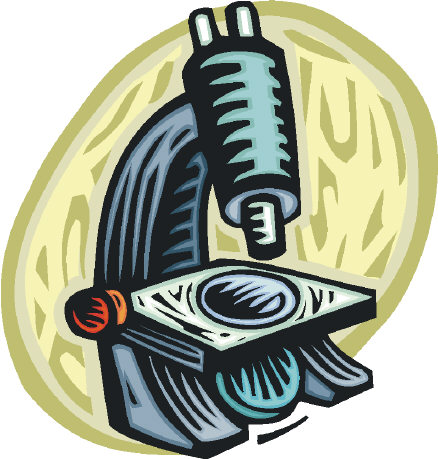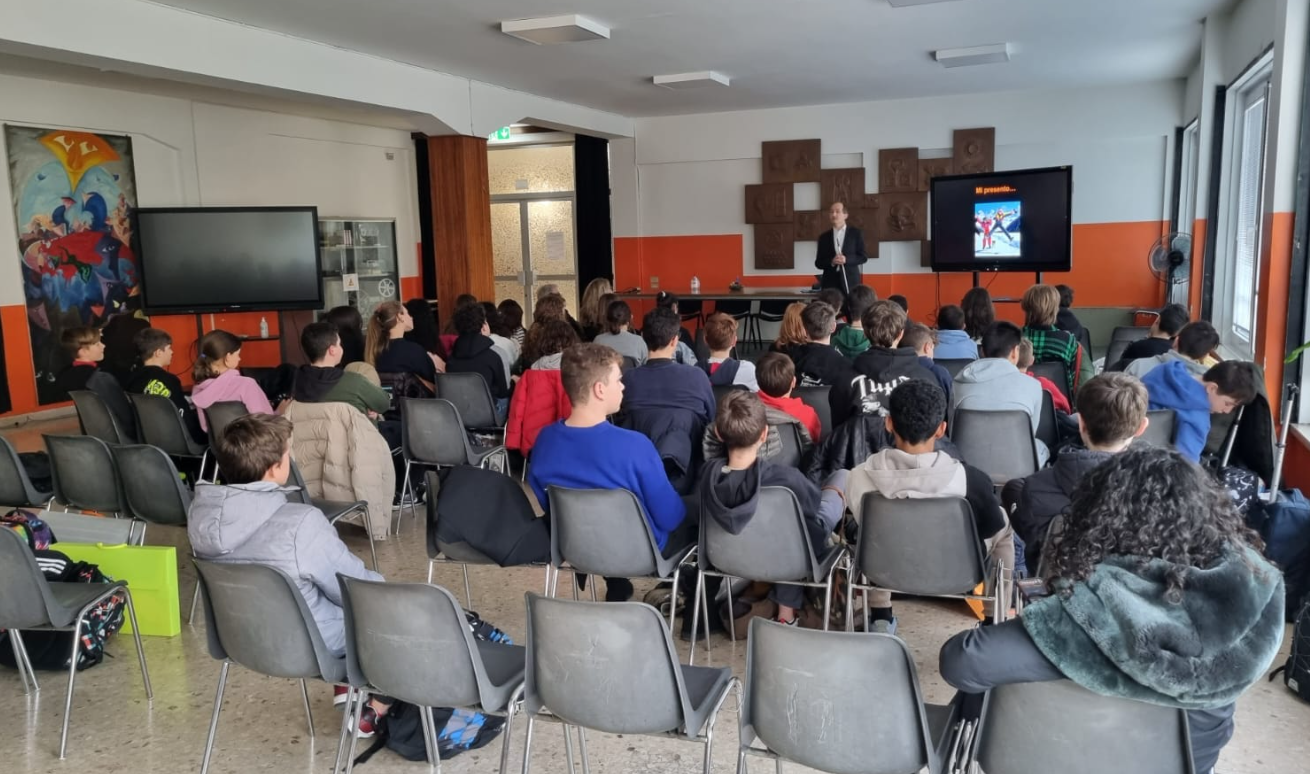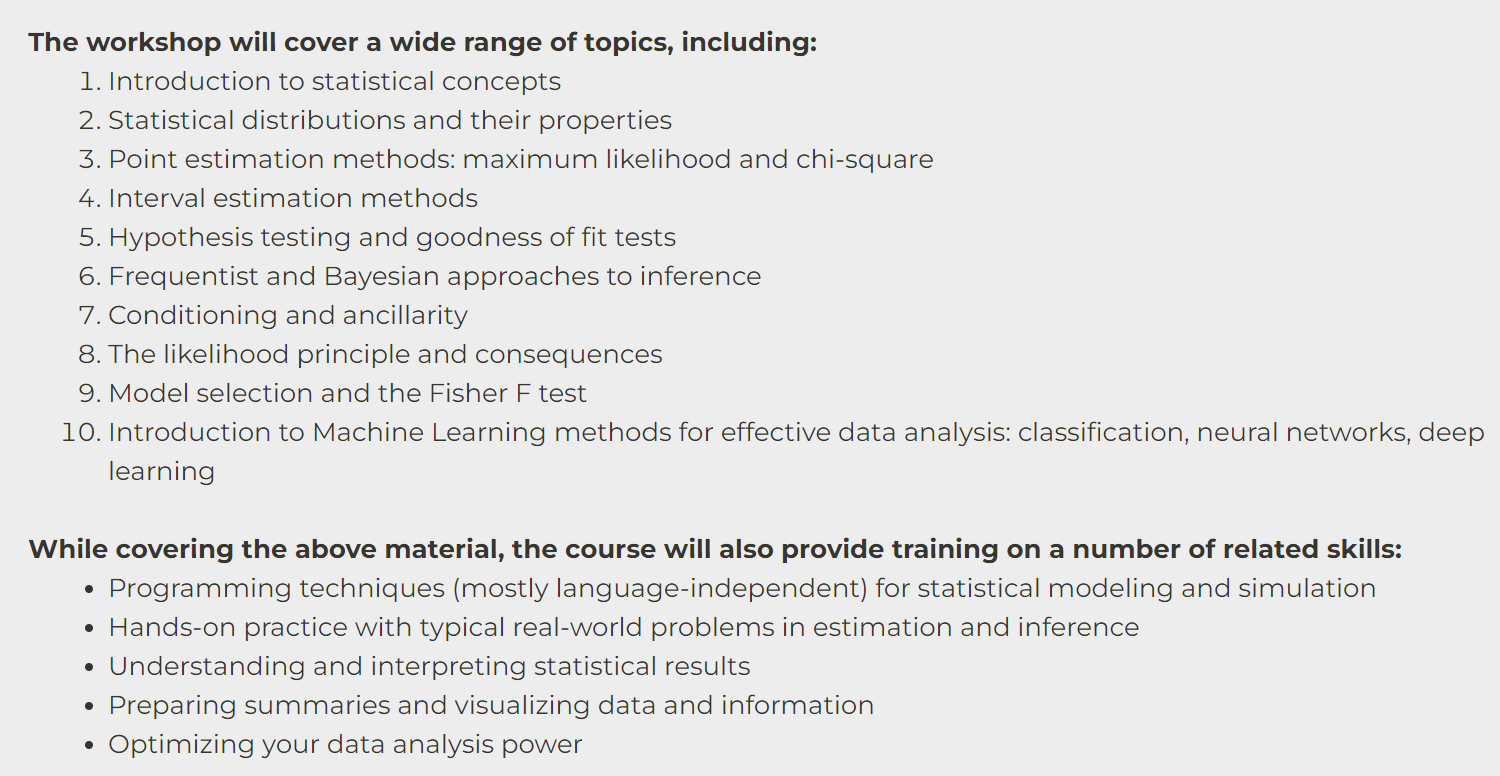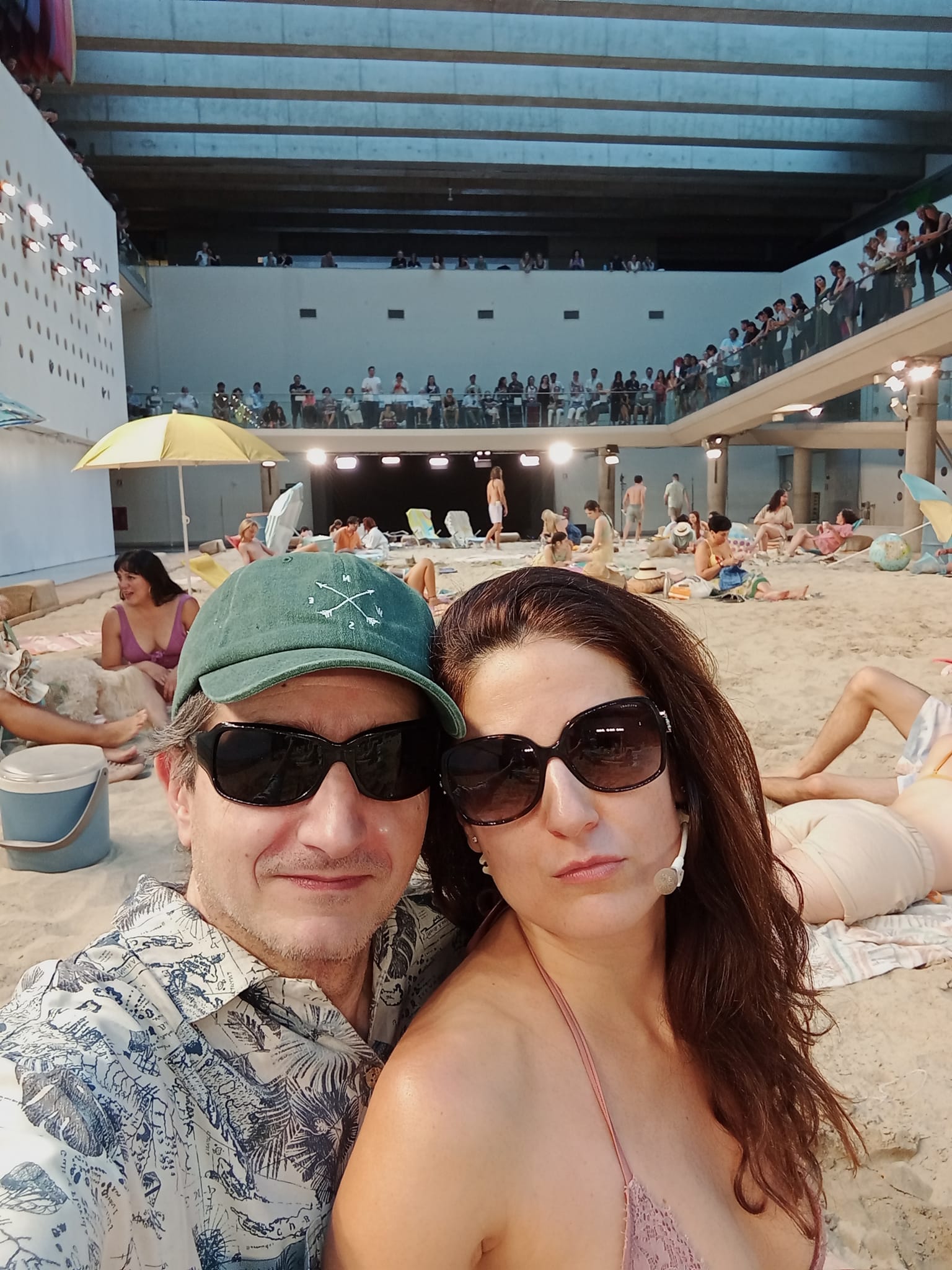I recently held an accelerated course in "Statistical data analysis for fundamental science" for the Instats site. Within only 15 hours of online lectures (albeit these are full 1-hour blocks, unlike the leaky academic-style hours that last 75% of that) I had to cover not just parameter estimation, hypothesis testing, modeling, and goodness of fit, plus several ancillary concepts of high relevance such as ancillarity (yep), conditioning, the likelihood principle, coverage, and frequentist versus bayesian inference, but an introduction to machine learning! How did I do?
A calorimeter in physics is something that measures heat. However, there are mainly two categories of such objects: ones that measure macroscopic amounts of heat, and ones that measure the heat released by subatomic particles when they smash against matter. I am sure you guess which is the class of instruments I am going to discuss in this article.
A further distinction among calorimeters for particle physics is the one concerning the kind of particles these devices aim to measure. Electromagnetic calorimeters target electrons and photons, and hadronic calorimeters target particles made of quarks and gluons. Here I will discuss only the latter, which are arguably more complex to design.
Smashing protons
In the past two weeks I visited two schools in Veneto to engage students with the topic of Artificial Intelligence, which is something everybody seems to be happy to hear about these days: on the 10th of January I visited a school in Vicenza, and on the 17th a school in Venice. In both cases there were about 50-60 students, but there was a crucial difference: while the school in Venezia (the "Liceo Marco Foscarini", where I have been giving lectures in the past within the project called "Art and Science") was a classical liceum and the high-schoolers who came to listen to my presentation were between 16 and 18 years old, the one in Vicenza was a middle school, and its attending students were between 11 and 13 years old.
From tomorrow onwards (once or twice a week until February 5), I will be giving an online course on the topic of "
Statistical Methods for Fundamental Science" for the
INSTATS organization. This is a 5-day, 15-hour set of lectures that I put together to suit the needs of students and researchers who work in any scientific discipline, who wish to improve their understanding and practice of statistical methods for data analysis.
2023 is over and I am looking back at my achievements and failures, to take stock and try to learn something from the matter. This blog looks like a reasonably good place for such an exercise, so I am writing here an inventory of what happened to me in the past 12 months. Sorry if this sounds very boring!
Next month I will be giving three lectures to high-school students on using artificial intelligence for research in fundamental physics, and as usual I am not yet worried by the schedule enough to start thinking at the presentations. Except that in one case the school professor who organizes the event asked me for some preliminary task for the students "to get them in the mood" of the contents of the lecture.
 Conferences Good And Bad, In A Profit-Driven Society
Conferences Good And Bad, In A Profit-Driven Society USERN: 10 Years Of Non-Profit Action Supporting Science Education And Research
USERN: 10 Years Of Non-Profit Action Supporting Science Education And Research Baby Steps In The Reinforcement Learning World
Baby Steps In The Reinforcement Learning World Restoring The Value Of Truth
Restoring The Value Of Truth








